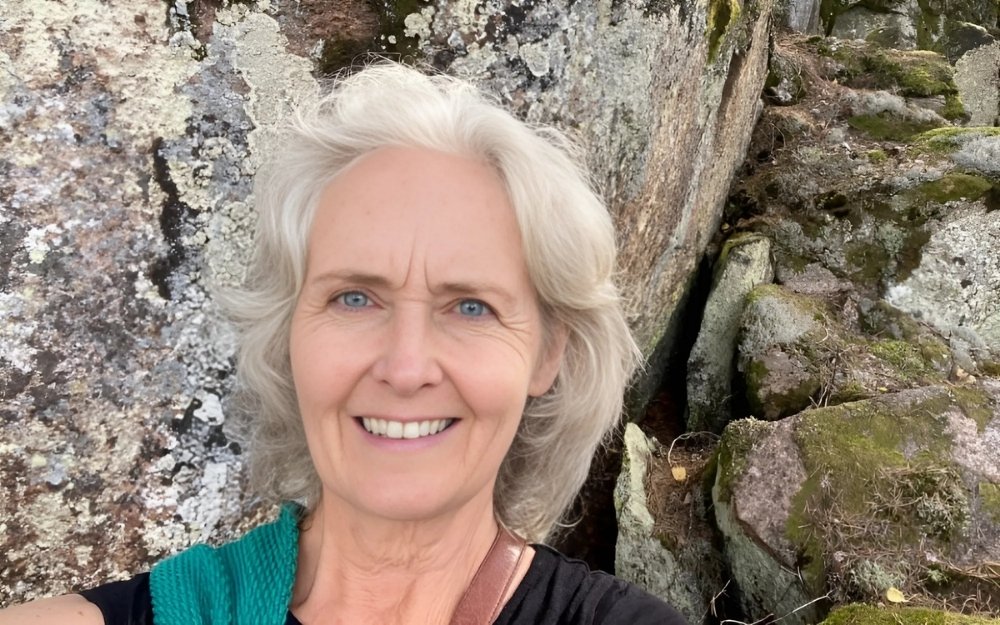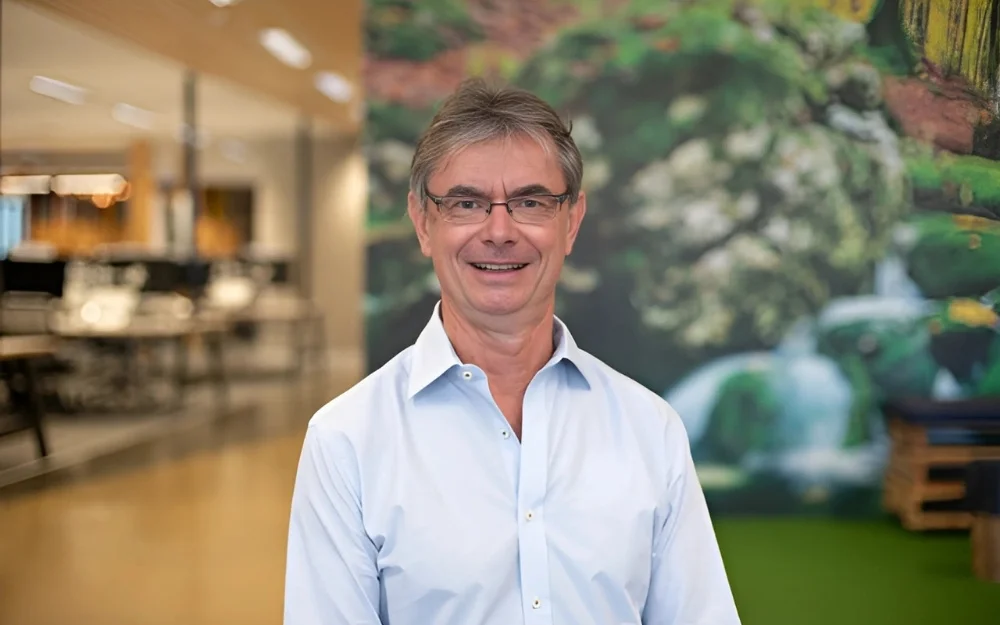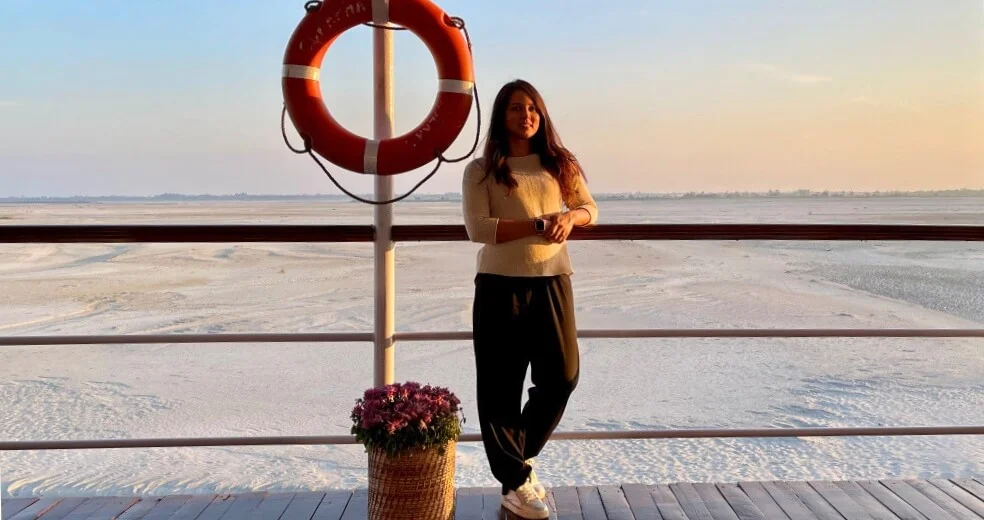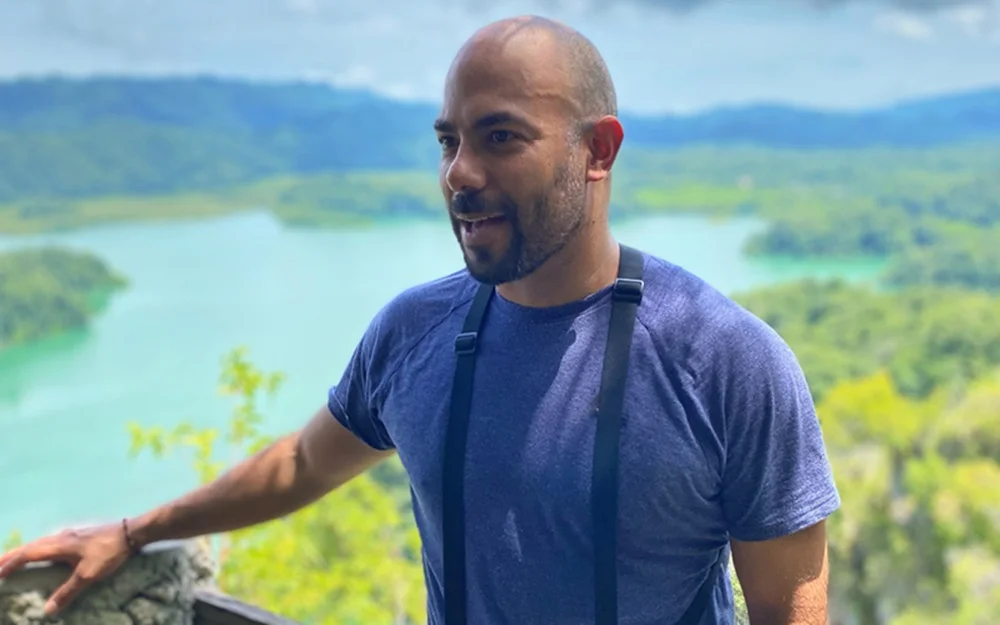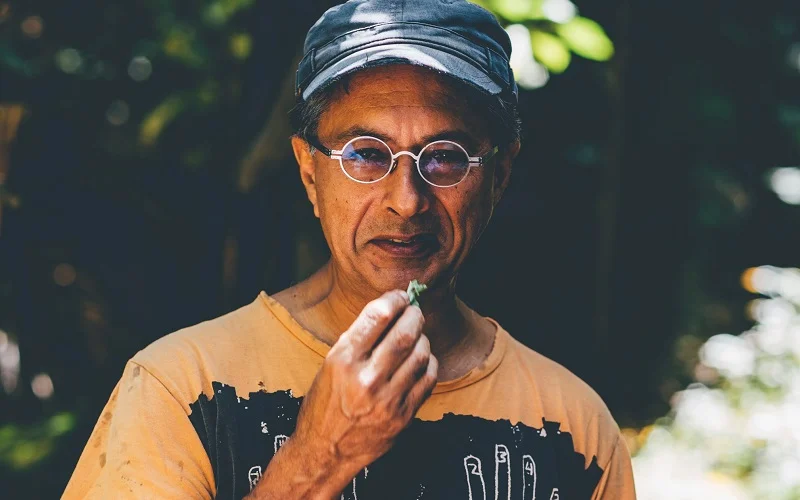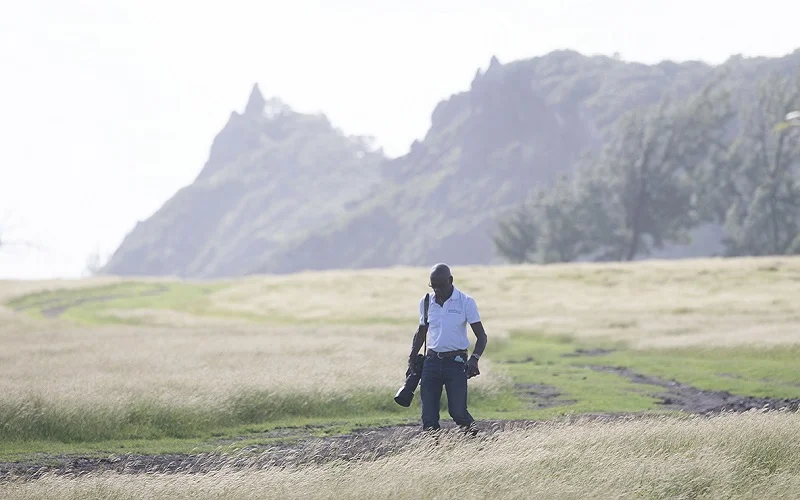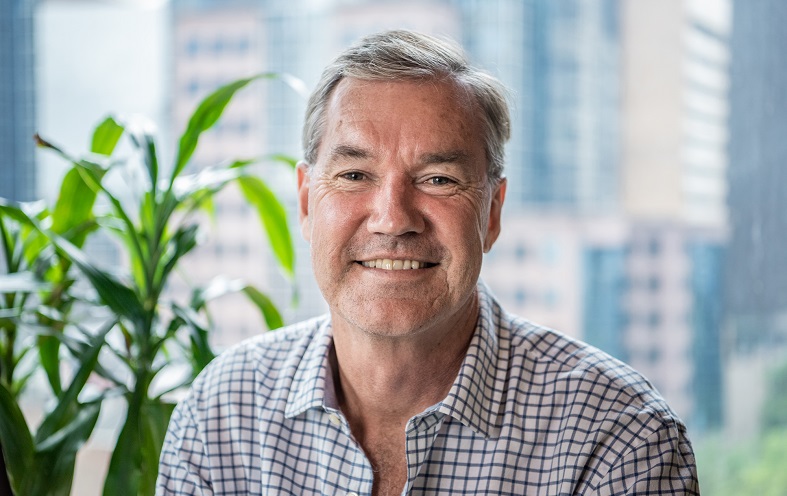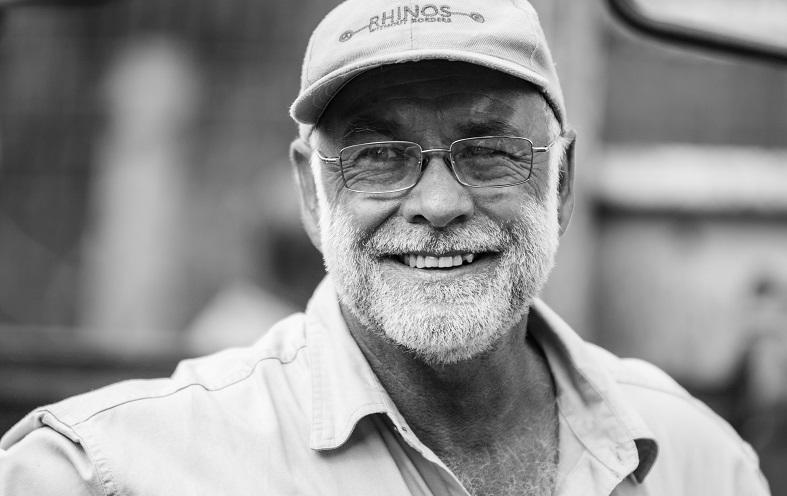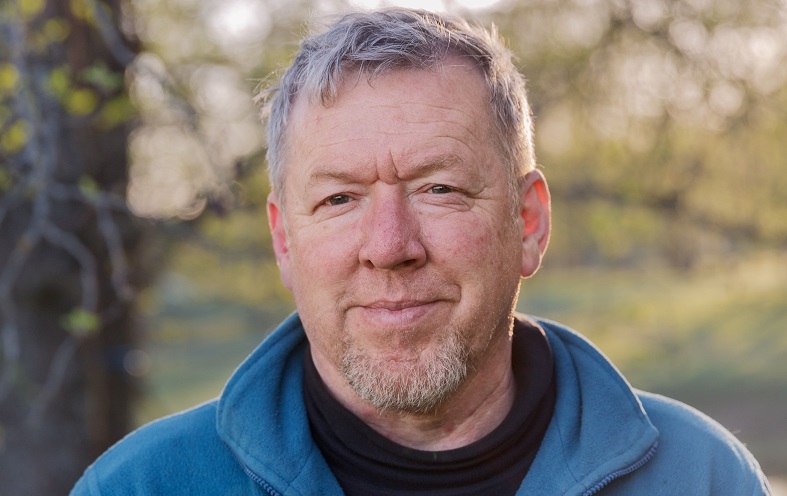
Aivar Ruukel, as an operator of small nature-based activities in Soomaa national park in Estonia, has witnessed the growth of ecotourism over two decades. In this interview, he reflects on how our understanding of sustainable tourism has changed over time, how ICT is supporting small tourism businesses and Estonia’s credentials as a “green” country and destination.
Aivar, having been involved in ecotourism for many years, do you remember what first got you interested?
The first time I heard about ecotourism was in May 1993 at a seminar organized in my home region, Soomaa, by the Estonian rural development program Kodukant (which translates as “home area”). That time I had just started as a local tourism service provider, offering bed and breakfast in our family house.
The ecotourism idea was introduced to Estonia as a tool for rural economic development, especially suitable for peripheral areas. I was involved as one of the first members in this movement.
Our first mentor became Jan Wigsten, Board Member of The International Ecotourism Society at that time and owner of the consultancy Eco Tour Productions AB and co-owner of the tour operator Nomadic Journeys in Mongolia. We discussed the concepts related to ecotourism, triple bottom line, and the principles of sustainability together with local farmers, park directors, municipality heads, and other stakeholders at many meetings both locally in Soomaa and elsewhere in Estonia. That way we formed a national ecotourism network.
The most important standpoint that I learned from Jan – and which I support – is that ecotourism is NOT a product. It is not a type of nature tourism. It is not a kind of adventure tourism.
Ecotourism is a term that does not say what the activity or content of the trip is, nor where it will take place. Ecotourism is about how tourism is organised and how it impacts the place where the trip happens; how it impacts its natural environment, the people who live there and their way of life.
Ecotourism is a way to see tourism and to do tourism. It is a value system, it is a mindset, of both travellers, tourism businesses, and other stakeholders.
How has your view on the potential of tourism as a facilitator of biodiversity conservation and local economic development changed over the years?
I participated in the process of creating the Estonian Biodiversity Strategy and Action Plan, back in 1999. It was an incredible learning experience. Together with conservation people, after long discussions and consultations, we agreed that the role of ordinary tourism in the conservation of biological diversity tends to be passive, focused on reducing the adverse impacts of tourism activities on biological diversity.
On the contrary, the role of ecotourism is an active one, to influence positively and to directly support the conservation of biodiversity.
Seizing this opportunity and harnessing the power of ecotourism as an instrument of sustainable development requires, above all, the integration of tourism development and nature protection into the economic interests of the local population.
Reflecting on this now, 20 years later, I feel that things are only getting worse. As we know from the latest reports, at least 1 million plant and animal species are at risk of extinction worldwide. In Estonia, for example, ornithologists witness a strong decline in the number of forest birds. However, logging during the spring-summer period is still a common practice today.
To change this, tourism companies have written a public letter to the Minister of the Environment, calling for the establishment of non-disturbance of breeding birdlife.
In such an era of mass extinction, I do believe that tourism businesses have to take a much stronger position and become more ambitious. After all, the loss of biodiversity is not caused by biological factors, but by social and economic ones.
What role do ICT play nowadays in the context of supporting the sustainability of tourism experiences and destinations?
You have to communicate with your (potential) customers if you want to be in the tourism business. 25 years ago the means of ICT was a landline phone in a kitchen and Motorola one-way pagers in my pocket for receiving messages. Now everyone is using a smartphone in our hyper-connected world, and this is also the main way to communicate with our visitors and to take care of them.
Social media communication works very well for small tourism businesses, because it comes naturally. You do not need to learn any tricks, you can be who you are and share honestly your own personal stories – about your passion for your place, and about the people who make your place special.
The transparency of word of mouth communication is supporting the sustainability of tourism experiences and destinations – provided that travellers are demanding sustainability.
What motivated you to join the Global Ecotourism Network as a board member?
I believe in lifelong learning. The best way to learn is to connect with people who are smarter than you. GEN is a great network for ecotourism and sustainability. And its board members are undoubted, all of them, smarter than me. I hope that they make me smarter, better, and more generous.
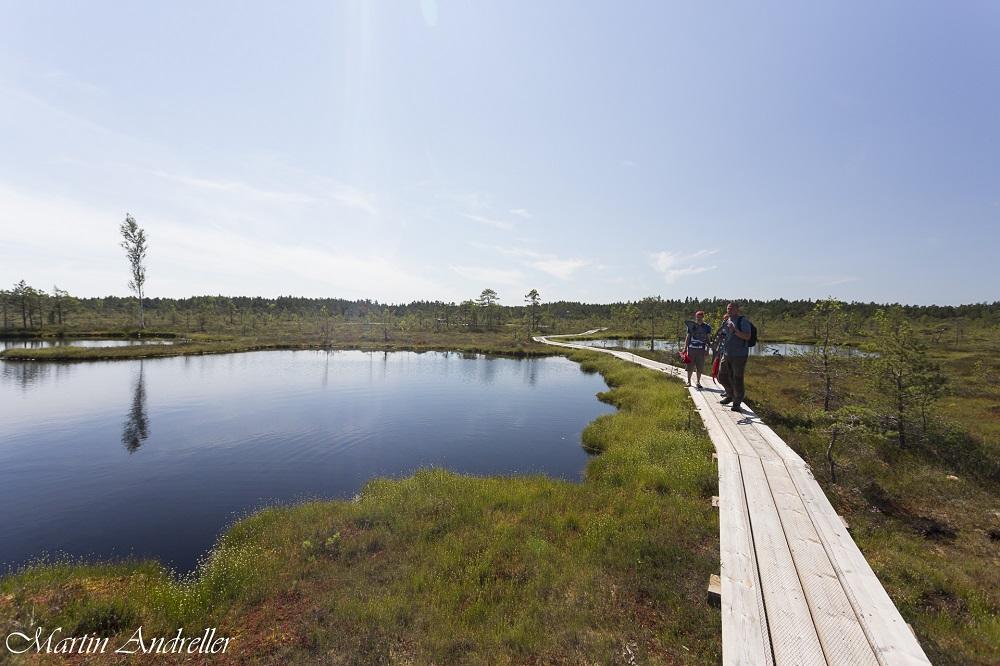
Estonia is mostly known for its progressive digital policies (“e-residency”), not so much for its sustainability credentials. Would you consider it a “green destination”?
Actually, we Estonians love to identify ourselves as a nature-friendly and environmentally conscious nation. Some facts:
- In 1297 the earliest recorded measure for strict nature protection, when Danish King Menved prohibited logging on Northern islands,
- In 1644, farmers fought against the watermill’s dam building in Southern Estonia on the holy river of Võhandu,
- In 1910 the designation of the first bird sanctuary, Vaika islands,
- In 1971, Lahemaa, the first national park of the Soviet Union was founded in Estonia,
- In 1995 the Sustainable Development Act was adopted by Parliament,
- In 2008 the concept of World Cleanup Day was born in Estonia when 50,000 volunteers participated in collecting litter to keep local scenery pristine. Around 16 million people in 113 countries have participated in cleanup days since.
An interesting fact is that already by 1938, the Institute of Nature Preservation and Tourism had been established under the Ministry of Social Affairs in order to address the issues of tourism development, promotion, and conservation of natural resources.
Which destinations within the country would you consider leaders in sustainability?
For tourism destinations that work most systematically with sustainability today, I would name three of our six national parks: Matsalu, Lahemaa, and Soomaa. All of them use the European Charter for Sustainable Tourism in Protected Areas as a practical destination management tool.
Also, there are currently over 20 hotels and other types of accommodations in Estonia with the Green Key label. And since the year 2000, we have a national ecotourism labelling scheme, “Estonia-the Natural Way”.
Through your work, you are in close contact with destination managers and marketers. Which trends do you observe in how they approach the development, management, or promotion of their destination?
I can see that DMOs of different regions in Estonia are today shifting the focus of their work from destination marketing towards destination management, pursuing a more integrated approach. This is the right way to go, I believe.
Success of tourism development and management needs stakeholders of the destination to gather together, to discuss and decide what kind of tourism they want – or not – to have, and together take actions to make it become a reality.
Which are the main challenges in Estonia, preventing businesses or destinations from becoming more sustainable?
Lack of vision and understanding where the world is headed.
How do Airbnb Experiences and other apps and portals affect the traditional tour guiding business?
The digital evolution of tourism is here to stay. I do not see a reason why not to adapt our business to the changing online landscape. It means, of course, that businesses have to put some effort into learning about OTAs and apps, how they work, what are the costs and what are the possible benefits. And you need to figure out if you want to collaborate with them.
For the current summer season, we have managed to get a “Book Now” button on our TripAdvisor listings. We are working to have similar cooperation with GetYourGuide and some other sellers. Airbnb Experiences hasn’t yet launched in Estonia.
What does it take to become a great tour guide
In our small local nature tourism business, tour guides are the most valuable part of our company and the most important part of what we are doing and selling.
A good guide needs a combination of great knowledge and great personality. I think that the second is more crucial. Good guides love their work and to help people. They have a lot of empathy for other people.
Maybe these things can be learned through training, but most of the good guides I know seem to have been born with those traits.
Here are a few steps that will help you to buy medical products from Canadian drugstores in a secure manner with no risks and troubles:
Purchase drugs online only from licensed drugstores
If you are dealing with online sellers, you need to be sure that they are legitimate to get high-quality medicines. If the online pharmacy of your choice does not provide any certificates or licenses on its website, it is better to avoid using its products. Besides, a legal pharmacy needs to have full contact details listed on its site to make sure you can leave your comments and provide feedback whenever necessary.
And there is one more thing about great guides: they love their place. This love allows them to share the sense of the place with visitors, and to make their visit so memorable.
Tourism professionals sometimes avoid engaging with “sustainability”, since it is not something usually part of their KPIs. Reflecting on your own experience, which advice can you share with tour guides or tour operators in terms of how to deal with sustainability?
In my opinion, this is a language issue. The sustainability lingo is too often misused and overused. So many public sector projects, often EU funded, talk about sustainability, and the outcome seldomly makes a positive contribution to the lives of real people.
At the same time, I know many colleagues, tourism professionals, practitioners, guides, and operators, who practice excellent sustainability, but never use this word.
To be honest, travellers hardly ask about “sustainability”, “resilience”, “carrying capacity” and the like. Instead, they want authentic experiences. They ask for locally grown, organic food, local guesthouses to stay in, local people to meet, local events to participate in.
Our clients will ask for activities such as canoeing and walking, and of course, they want to explore nature in a way which does not disturb wildlife. But they won’t call it “a low impact” experience. So, while aspects closely linked to sustainability are expected by customers, the word itself is more meaningful as a development and management concept for your business or destination strategy, not when communicating with travellers.
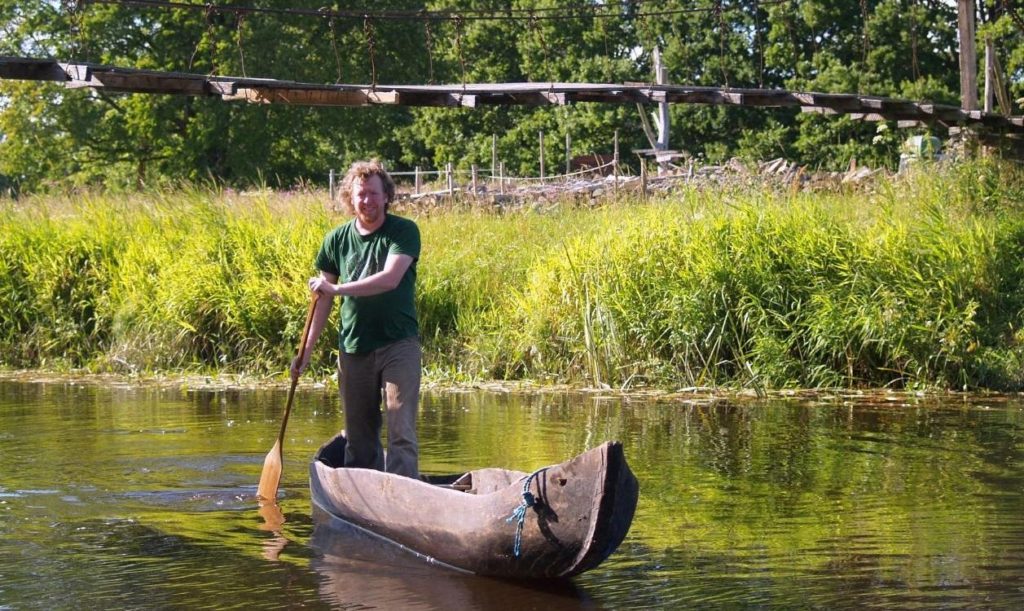
Anything else you’d like to mention?
Part of my work since the 90ies is related to keeping alive the heritage of the local dugout boat of Soomaa. When I started my business, these boats were still in use at some riverside farms. Luckily there were still two boat masters, and together with them, we had a boat-building summer camp during five summers 1996 – 2000.
Soomaa is the last place in the European Union where the culture of building and using dugout canoes has survived. Some colleagues have said that this is a nice example how tourism businesses can bring new opportunities for preserving cultural traditions, and how it can contribute to knowledge being passed on over the centuries. I do agree.
Now, together with some partners, we have proposed to nominate Soomaa haabjas (dugout canoe) to the UNESCO list of intangible cultural heritage in need of urgent safeguarding. We hope to submit the application to UNESCO in March 2020.
Because the dugout canoe tradition is widespread among many Finno-Ugric indigenous peoples on the territory of Russia, the recognition by UNESCO would also motivate Estonians’ kindred peoples to preserve and revitalize their own dugout canoe traditions.
I am looking to establish contacts with indigenous peoples across the world, who have their own ancient dugout canoe traditions and who could be interested in cooperation.
Thank you, Aivar.
Connect with Aivar Ruukel on LinkedIn or Twitter. Or take a peek at soomaa.com, also on Facebook.
Enjoyed our interview with Aivar Ruukel, on how ecotourism has developed in Estonia, the role of ICT for the work of small tour operators, and what characterizes a great tour guide? Spread the word!

